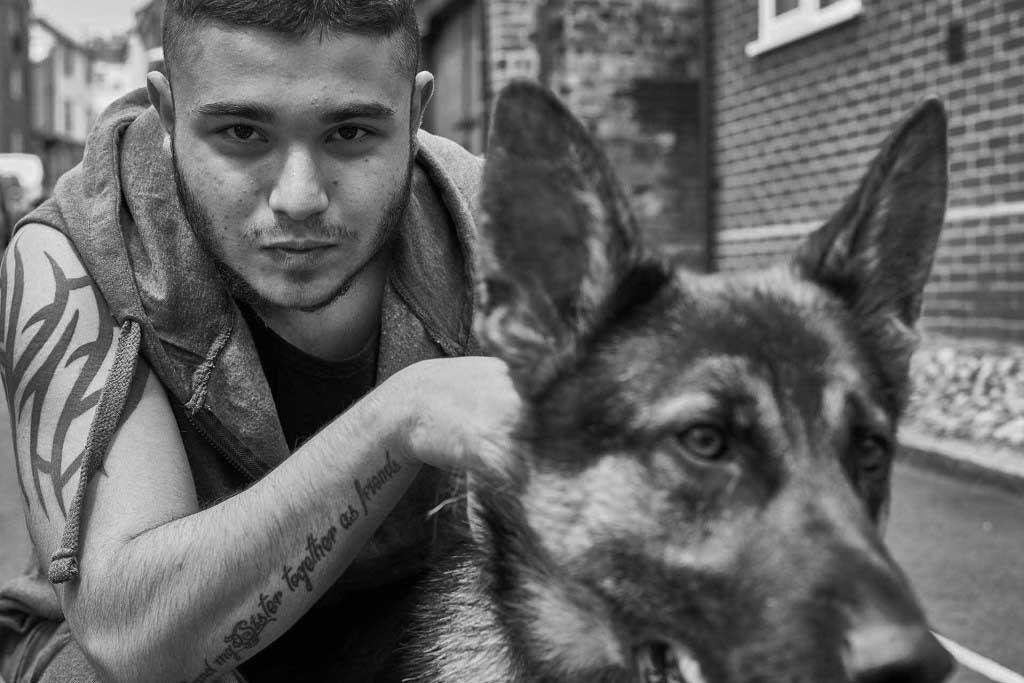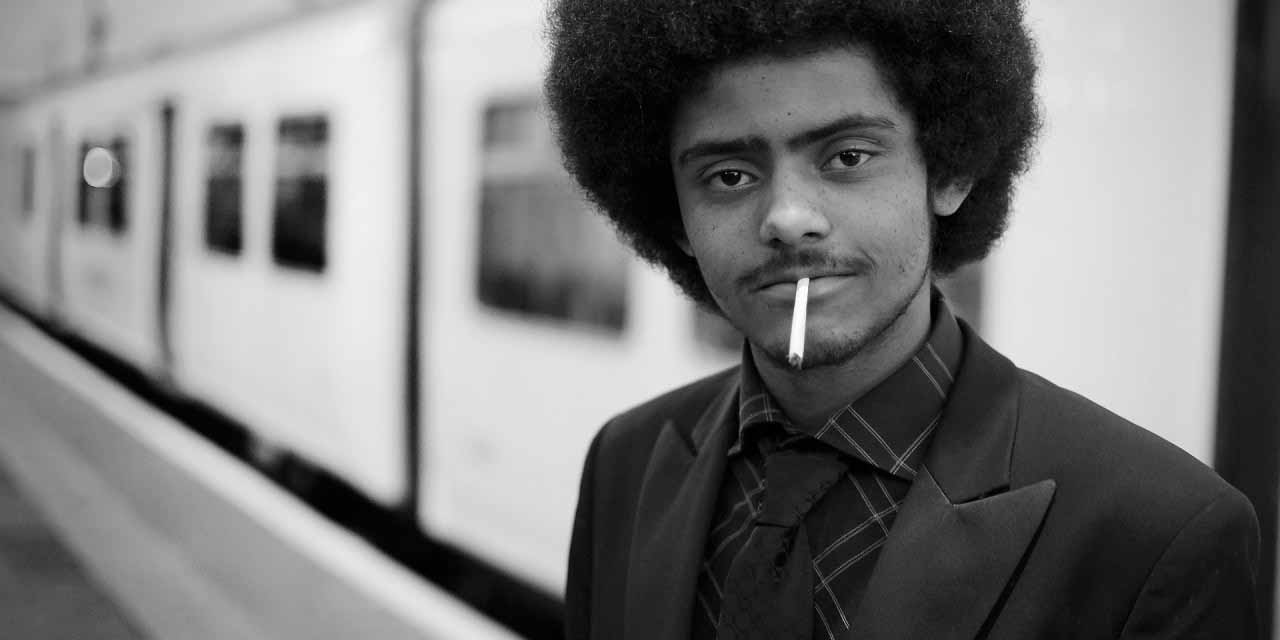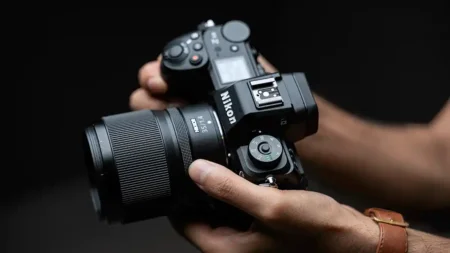Mustering the courage to photograph strangers on the street can be one of the most challenging tasks for any photographer. It goes beyond technical ability and requires us to confront our fear of the unknown. In these expert street photography tips you’ll learn how to find the confidence to ask people if you can take their picture.
We all know people who are super confident and who’s certainty in their own abilities, likeability and competence is very often, frankly, a bit irritating.
These people don’t seem to know fear, and they have an overriding belief that others will generally agree with them and grant their wishes. We can’t all be like that (thank goodness) but a little of what those people have can be ours if we work at it.
A fear of strangers is common for those starting out on their street photography journey, and not entirely uncommon in those who profess to have been on that journey for some time.
To become an effective photographer it can be helpful to overcome this, as it opens a new world and allows us to get the shots we so want to take.
It also helps us to avoid the heart-wrenching feeling of failure we experience when a golden opportunity casually strolls beyond the end of our lens because we were too meek/useless/incapable/unsuited/pathetic/foolish to simply reach out and grasp it in the way that others do and in the way that we wished to God that we could do too.
Like all fear, our fear of strangers exists in our imagination, and it is a fear that is somewhat irrational in most civilised places in these modern times. While we wouldn’t punch someone for pointing a camera at us we fully expect others to do just that.
Why is it we believe others will behave in ways that we wouldn’t? Are we special or better? No, we are generally the same, but we find that hard to accept.
We are also very concerned about what other people will think of us. When we examine our own behaviour we might find we don’t generally think ill of the people we encounter on a day out in the city.
Why should someone think we are weird, perverted, deeply offensive or just plain cheeky for asking to take their picture? Would we think those things if someone asked us if they could take ours?

Stop over-thinking
We tend to think too much. Live is easier when we assume other people are quite normal and, in most cases, will not react like mad men.
When we decide that we want to take someone’s picture there is usually a reason. There is a trigger reaction that makes us reach for the camera.
The reason we react is rarely because that person is stunningly ugly, they have a massive nose or that we feel hatred. We tend to want to take pictures of people that we think look interesting.
If someone told us they thought we looked interesting we would be flattered, so why shouldn’t that stranger be flattered if we approached them for that reason? You have to let them know, of course, that you think they are interesting or that you admire something about them:
‘I love your hat! Can I take your picture?’ or ‘Wow, your hair is so cool. It must have taken you ages to fix it that way. Can I take a picture of you? I think you look amazing!’
Of course, these things have to be true. We can all spot someone trying to manipulate us into a position, so you really have to mean it. Telling someone they look like they just stepped out of the salon when they know they look like they just stepped out of the saloon isn’t going to get you anywhere.
Be transparent
You need to be honest and have good intensions from the start. Being the sort of person that likes people is a real help.
Prepare yourself and your camera so that you have the aperture and ISO set already for the picture you want to take. Ensure you don’t spend ages faffing around with the camera, leaving your new subject to look at the top of your head while you do so.
Be ready so that the encounter doesn’t take long and so the person can be on their way – and so they don’t lose interest and walk off. Know what you want to do and get them in position quickly too, so the shoot doesn’t take too long.
I try to be decisive even when I don’t really know at first what I want to do – it makes me look like I know what I’m doing and that I’m in control of the situation. It gives the person you have accosted some confidence in you and that this is all quite normal.
Messing around and taking a lifetime will suggest that you haven’t a clue what you are doing or why you want to take the picture – and you will lose their support.
Taking someone’s picture is a two-way thing, so share and collaborate with the subject. Take a few and then show them what you are doing. It makes them feel included in the process and less of a victim of the process.
‘See, don’t you look great? I just want to shoot one with the tree in the background too…’ It buys you time and allows the shoot to continue a little longer.
I have a card with my details on that I give to people I’ve shot in the street. ‘Send me an email and I’ll ping the pictures over to you.’ You are traceable and they know where they can get hold of you – and of course they’ve done you a favour so it’s only right that you do one for them.
So do send the pictures when/if they message you. Quite often they don’t get in touch, which I find disappointing, but it is also an indication of how significant that encounter was for them. Some people have forgotten it the moment you part.
The main thing is to get a grip of yourself, acknowledge that your fears are mostly unfounded and to push them to the back of your mind. Start with someone who looks friendly and work from there. You will encounter people who say ‘no’ but that’s absolutely fine. You just say ‘OK, thanks anyway’ and go on your way.
Don’t take it personally – they just didn’t want you to take their picture. Carry on and find someone else. But make a start. You can’t begin the process of discovering it is OK, that you won’t get shouted at or hit, until your first person says ‘Yes, OK then’. And once that happens, you’ll be flying.
13 street photography tips for getting over your fear
- Tell yourself it will be OK
- Stop someone you genuinely think looks great
- Smile and look friendly yourself
- Speak clearly and try to appear confident
- Say what you like about them
- Tell them what you are doing
- Be prepared and make it quick
- Show them and say how good they look
- Offer to send them a copy
- Say thanks and be on your way
- Make a mental note that it did go OK and you still have your teeth. That will make it easier next time.
- Do send pictures as promised
- Congratulate yourself on getting over the first step



